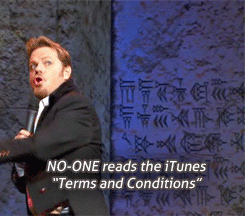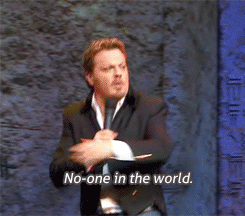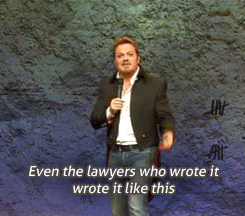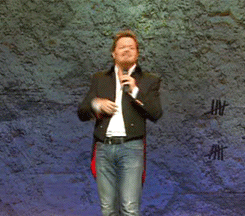For this statement I have will discuss my experiences related to blog posts Information comes to you with RSS feeds, Social media and the art of conversations and ask your PLN!
Information comes to you with RSS feeds allowed me to explore how RSS feeds can be used to share library information. I was able to expand on my working knowledge of RSS and with some excellent assistance from Aaron Tay’s article I understood just how much data can be combined and shared via RSS. Aaron always uses a very analytical brain when examining methods and uses for technology whereas I use a more suck it and see method!
I can now see how well RSS feeds can be used to distribute information on particular topics of interest, but also how RSS feeds can fit particular user groups with varying levels of technology skills. When teaching seniors to use technology, we spent a lot of time discussing how to use Google, right down to the basics of how the internet works. We talk about how to find information, how to scan websites and use critical thinking to determine credible sources. Most important of all though, people are new to technology (and I mean very new, as in only using a computer for the first time at the age of 87) they need to see that it’s easy to ‘find’ information. And because the user has the choice of what to receive and accept (Aqil, Ahmad & Siddique, 2011, p. 398) without the need for registration, RSS feeds are perfect.
I’d like to see local libraries such as my own use RSS feeds more but they absolutely MUST provide training in the form of face to face or even a video or instruction leaflet on how to set up an RSS reader like Google Reader or how to receive RSS feeds via an email application. In my experience, once someone experiences finding information they actually want, their enthusiasm for using the internet more increases tenfold.
Joining conversations on social networking platforms and how they can benefit your own learning is a topic that I could talk about forever. One of the aspects of this subject I have enjoyed the most is the use of a Facebook group for the class instead of the traditional forum on myCSU. The group is a lot less formal, the conversations are much easier to follow and I did feel that people were more willing to share information and have a conversation. Perhaps it is because on the forums we are often required to submit forum posts for assessment which makes our responses much more considered and formal. Using the Facebook group and the Twitter hashtag (although I confess I didn’t use if often) drew people into the conversation very well. I’m sure that there are people who will delete their accounts at the end of this subject, I hope they won’t, there are so many conversations to be had and knowledge to share online!
Throughout this subject I have explored the use of social media creating conversations with patrons, and there have been many offerings of libraries who do this very well. When I posed my question to Twitter it truly opened a Pandora’s box of information on how libraries do and don’t use social media, specifically how many staff run the accounts, what changes staff are hoping to make and of course the generosity and enthusiasm of the responses were brilliant.
What I learnt in and posted about in Ask Your PLN! has really altered my thinking about social media. It isn’t just as simple as letting staff do their own thing with social media. Of course there must be policy and training in what is acceptable and ensuring that the online conversations are meeting an organisation’s overall strategy. But as Judy O’Connell puts it better than I ever will library’s also need to have the courage to let go and allow customers to shape our services through these connections, services (O’Connell, 2011) and conversations. What a great word, shape. Not change, alter, manipulate . . . shape. It goes so well with Web 2.0 and more importantly Web 3.0, the world is shaping how and how and where everywhere online.
So that’s what I’ve learnt through my three documented experiences plus all the other ones I didn’t write about but definitely experienced. And the ones that I experience everyday in my online. Diigo, Delicious, unsuccessful attempts at Second Life and Storify, blogging, many YouTube videos, Slideshare, podcasts . . . some have reignited my enthusiasm for particular social networks, otherwise have left me cold and I can’t see that I’d ever enjoy using them. My most important takeaway from this entire subject is that the patrons need to be allowed to shape libraries, museums, archives. It’s not just about staying relevant, it’s about finally have a real conversation. Libraries need to listen and reflect their patrons. Now.
Aqil, M., Ahmad, P., & Siddique, M. A. (2011). Web 2.0 and Libraries: Facts or Myths. DESIDOC Journal of Library & Information Technology, 31(5), 395–400.
O’Connell, J. (2011, November 3). Revolutionizing Libraries with Social Media. HeyJude – Learning in an Online World. Retrieved February 4, 2013, from http://heyjude.wordpress.com/2011/11/03/revolutionizing-libraries-with-social-media/




